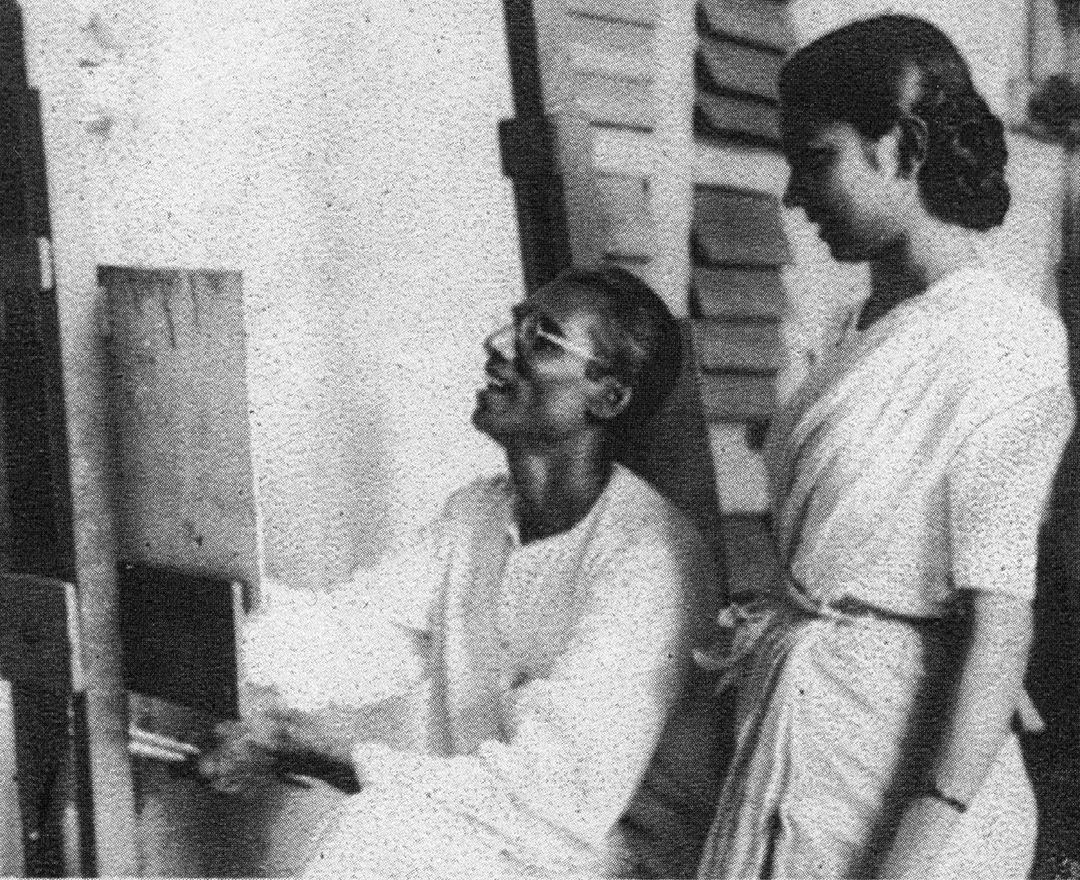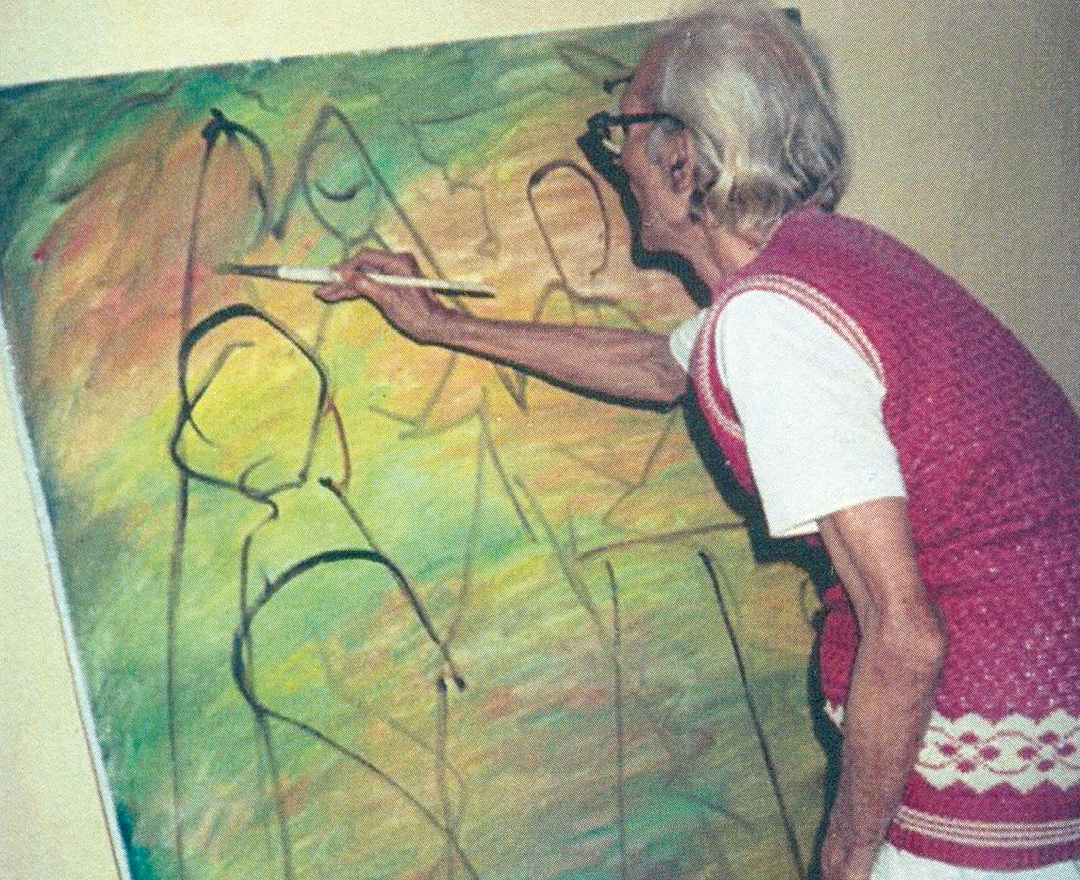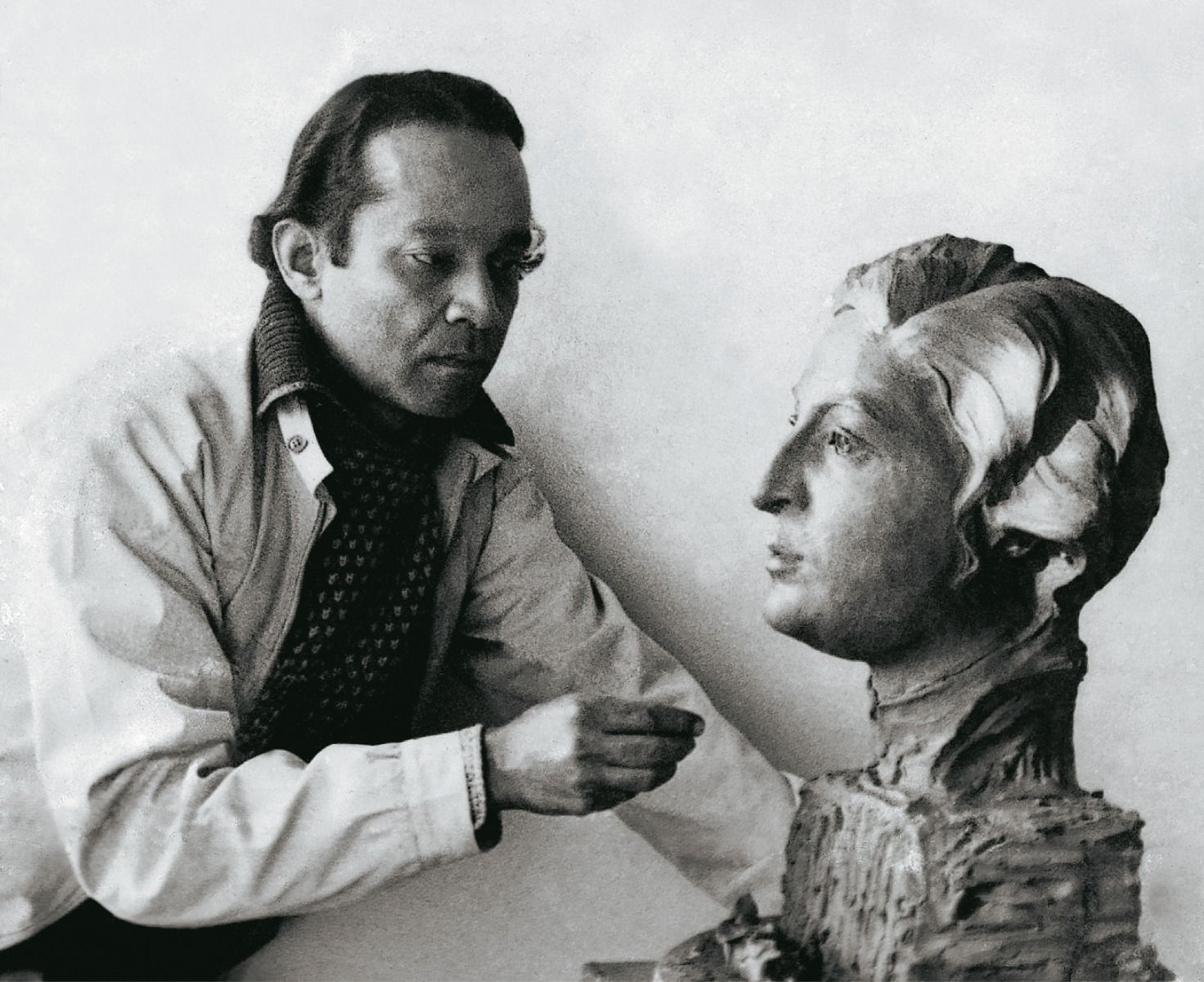Gobardhan Ash
Gobardhan Ash
Gobardhan Ash
|
1907 - 1996 Gobardhan Ash |


‘[Gobardhan Ash painted] man, the individual in his solitary moments, when he is uniquely himself’
SOVON SOM
artworks
dag exhibitions
|
‘Indian Landscapes: The Changing Horizon’ |
|
DAG, New Delhi, 2012 |
|
‘Indian Portraits: The Face of a People’ |
|
DAG, Mumbai, 2014 |
notable collections
|
National Gallery of Modern Art, New Delhi |
|
Academy of Fine Arts, Kolkata |
|
Rabindra Bharati Museum, Kolkata |
|
Scottish Church College, Kolkata |









